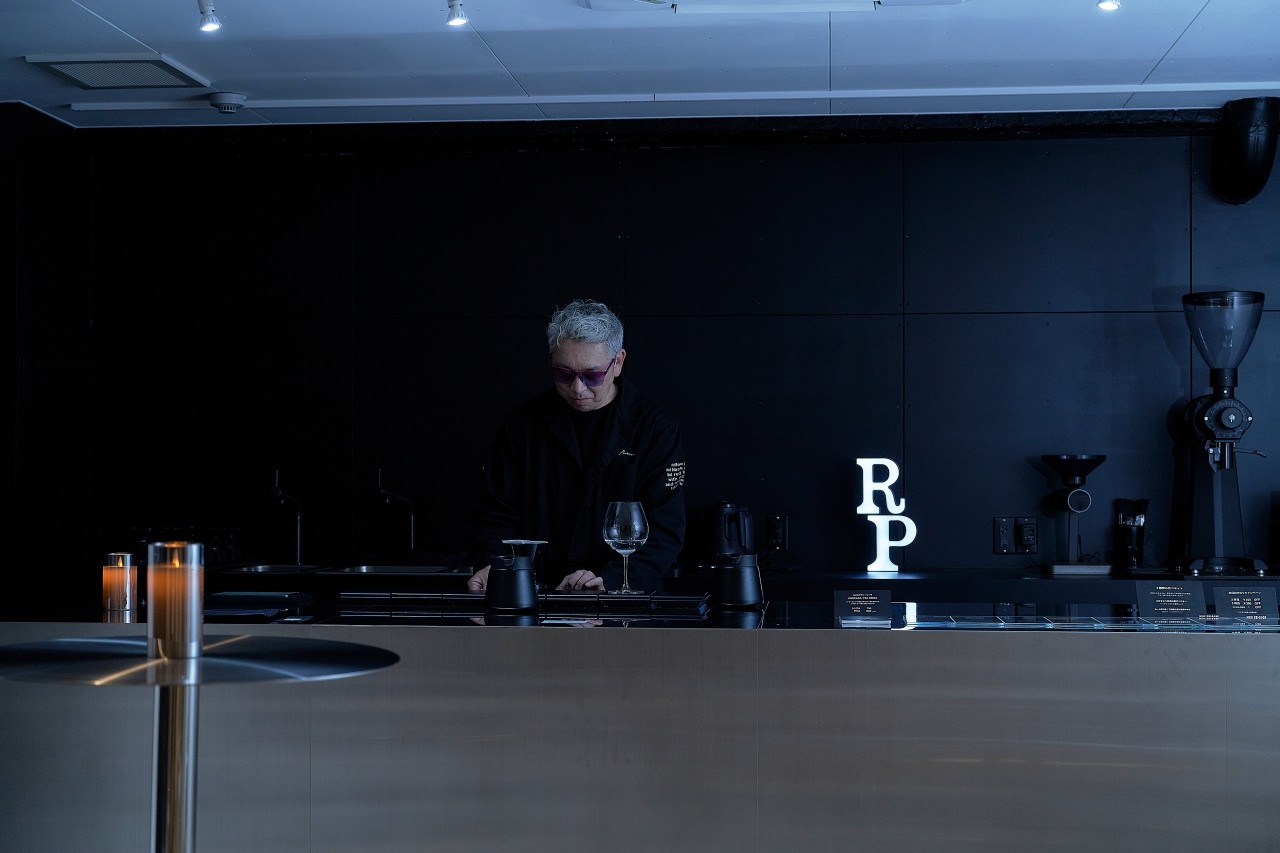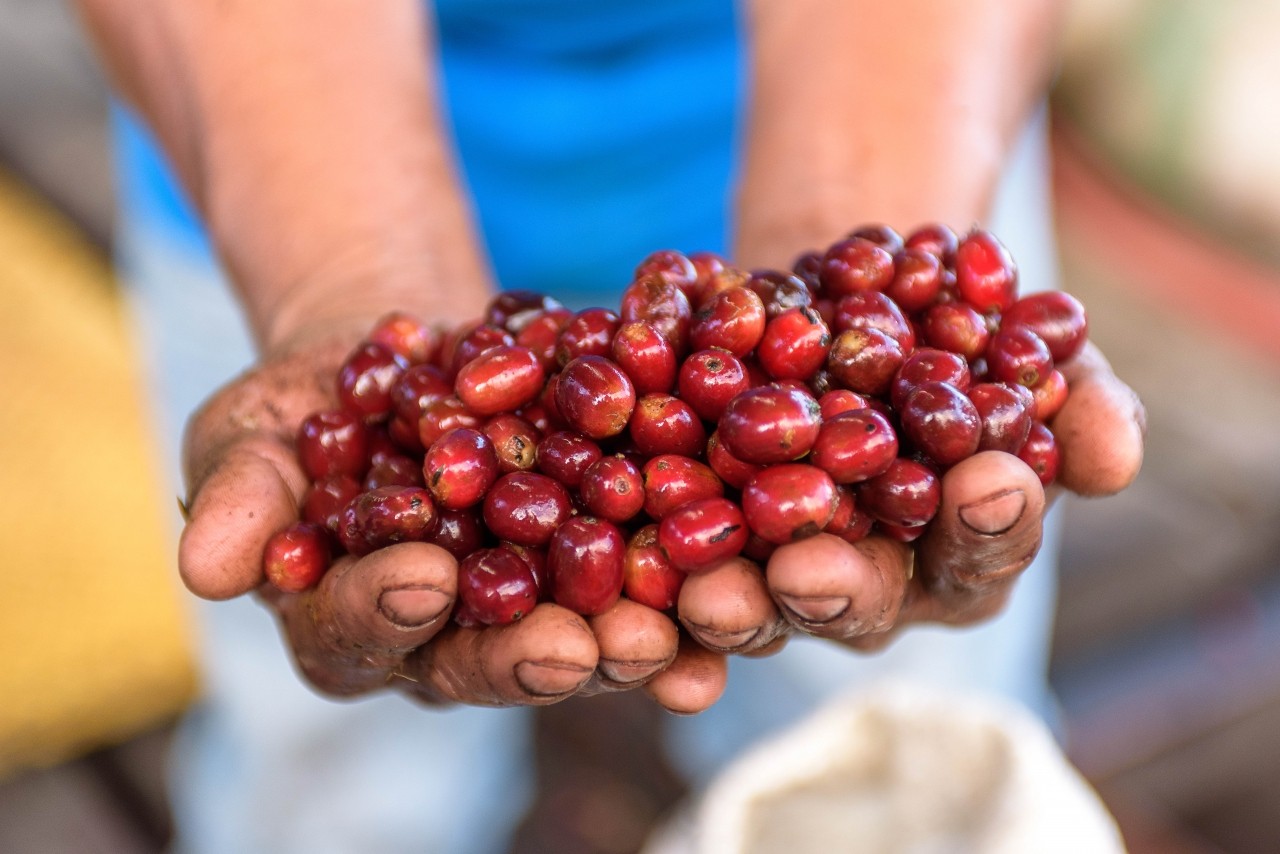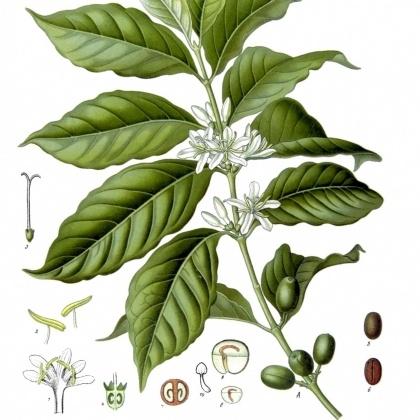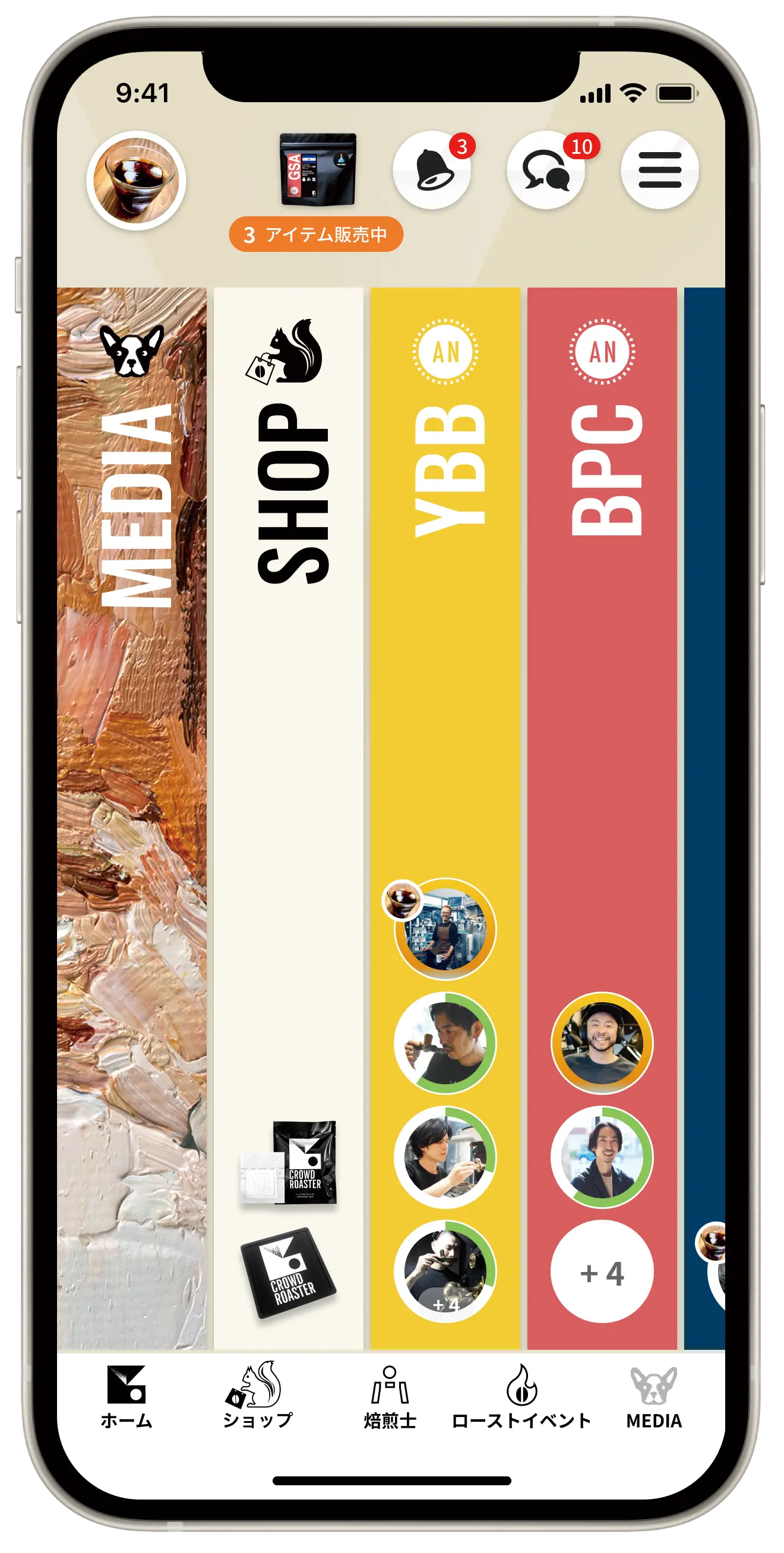Do you know what "DFS" and "CBR" are? Coffee indicators explained
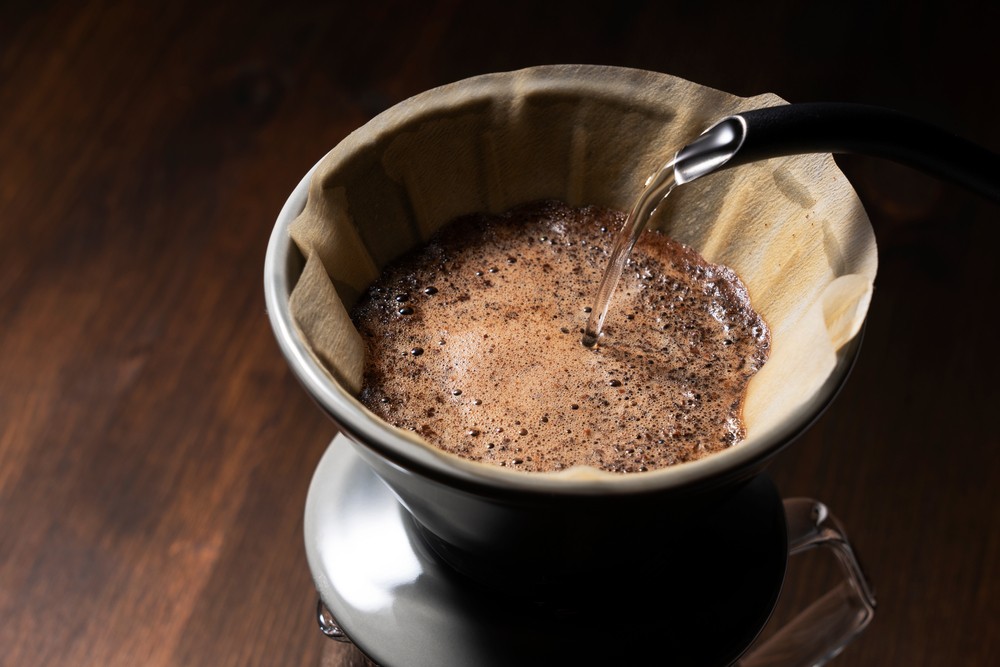
There are several numbers and values used when extracting coffee that determine its flavor. The most well-known are concentration (TDS) and yield (EY).
"TDS" is an abbreviation for Total Dissolved Solid, which indicates the concentration of a liquid.
It is a percentage that indicates how much coffee is in the extracted liquid. It is measured using a special concentration meter.
Yield = "EY" is an abbreviation for Extraction Yield, and indicates the percentage of ingredients from the coffee powder that have dissolved into the water.
It is the percentage of the movement of ingredients, and can be calculated using the TDS mentioned above. The formula is as follows:
EY (%) = Extracted coffee volume (g) x TDS (%) ÷ Coffee powder used (g)
This is the concentration = TDS and yield = EY values.
Other indicators that are used include "DFS" and "CBR." This time we will explain these.
"DFS" stands for flavor intensity
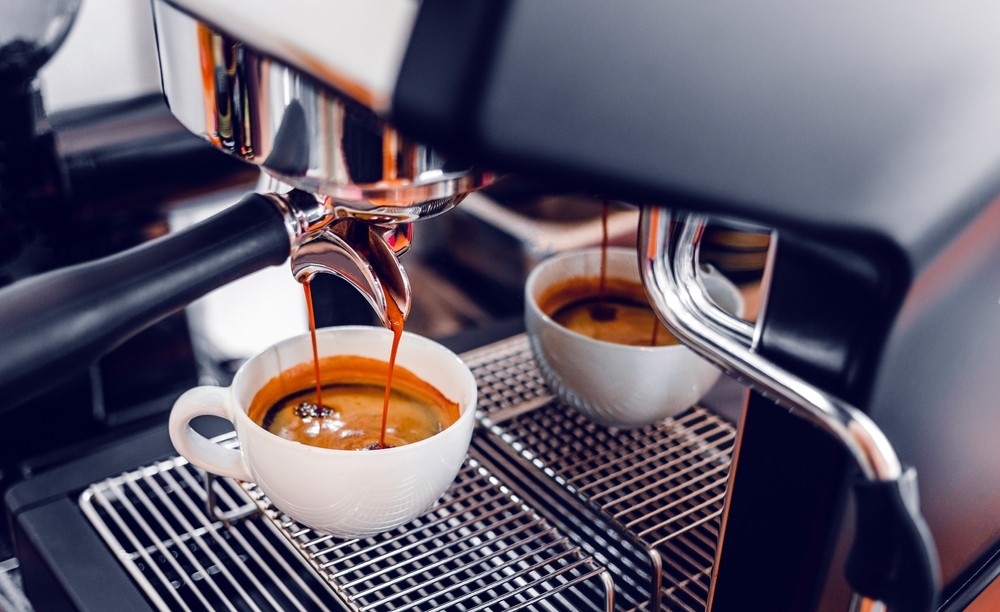
DFS stands for Definition of Flavor Structure, and is a measure of the clarity and intensity of flavor, which are important characteristics of coffee.
When it comes to extraction, flavors tend to be more pronounced at higher yields and are greatly influenced by the particle size and fineness of the coffee powder.
The finer the grain, the greater the surface area per weight, exposing the internal cavity and structure, allowing the volatile and aromatic compounds to dissolve more easily in water and release more flavor.
On the other hand, if the grind is too fine, too many flavor compounds will be extracted. Above a certain point, the bitterness and excess flavor compounds will overwhelm the flavor impression, resulting in an unclear, masked overextraction. If the grind is too fine, the amount of ultra-fine powder that can give a metallic, harsh aftertaste will increase.
Despite this trend, DFS (clarity of flavor) is not an indicator that can be mechanically determined.
When it comes to extraction, flavors tend to be more pronounced at higher yields and are greatly influenced by the particle size and fineness of the coffee powder.
The finer the grain, the greater the surface area per weight, exposing the internal cavity and structure, allowing the volatile and aromatic compounds to dissolve more easily in water and release more flavor.
On the other hand, if the grind is too fine, too many flavor compounds will be extracted. Above a certain point, the bitterness and excess flavor compounds will overwhelm the flavor impression, resulting in an unclear, masked overextraction. If the grind is too fine, the amount of ultra-fine powder that can give a metallic, harsh aftertaste will increase.
Despite this trend, DFS (clarity of flavor) is not an indicator that can be mechanically determined.
"CBR" refers to the Brew Ratio used in extraction.
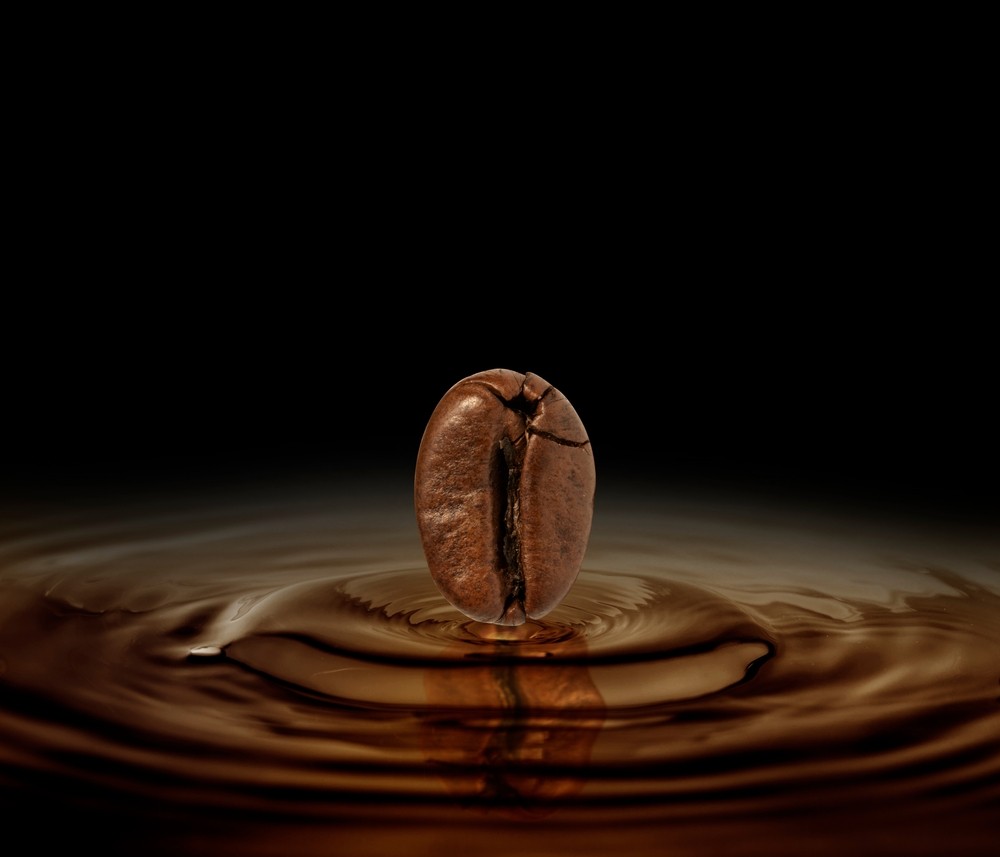
The strength of coffee is mainly determined by the coffee recipe, i.e. the ratio of coffee to water. This ratio is commonly called the Coffee Brew Ratio (CBR), which indicates the amount of water to coffee.
For example, CBR 1:14 means that 1 part of coffee is mixed with 14 parts of water.
This brew ratio may be familiar to anyone who brews their own coffee.
By making these adjustments you can brew coffee with the flavor you are aiming for.
More broadly, strength determines the style of coffee - espresso, drip coffee, etc. Its strength can be roughly quantified by its TDS value.
In principle, the strength of coffee is determined by the CBR. High strength coffee, such as espresso, has a low CBR, while low strength coffee, such as drip coffee, has a high CBR.
The CBR is a very useful value for determining the appropriate strength for each category. By adjusting this, you can extract coffee of the desired strength.
Use of each number
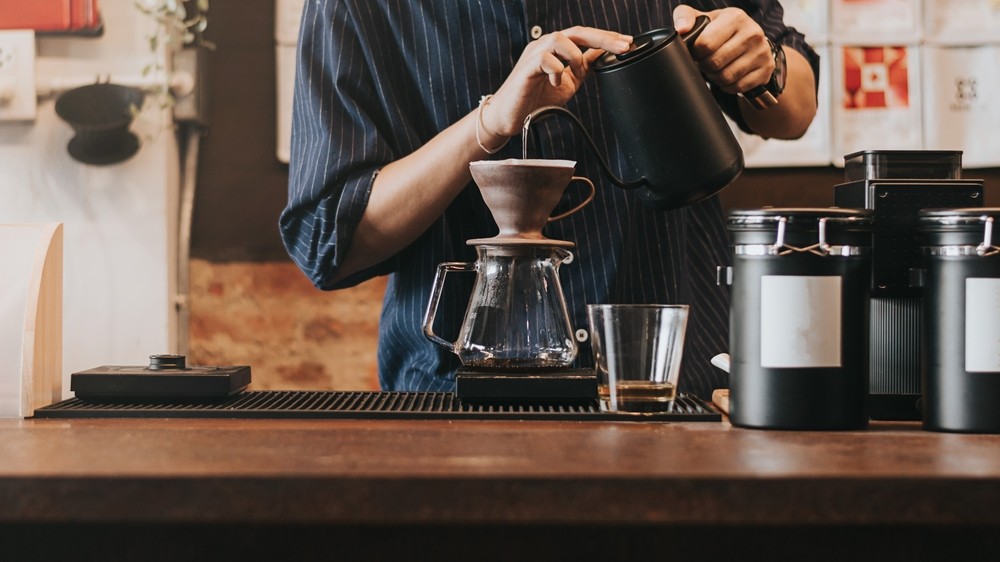
In this way, while DFS indicates the clarity of flavor, CBR is an important value that indicates the concentration. It is important to be aware of these values when extracting and determine the optimal conditions.
DFS and CBR, which quantify the flavor and concentration of coffee, can be used as guidelines for determining extraction conditions, but they are only guidelines.
DFS and CBR, which quantify the flavor and concentration of coffee, can be used as guidelines for determining extraction conditions, but they are only guidelines.
You can't judge the taste of coffee just by these numbers. Even if the DFS value is high or the CBR ratio is just right, the taste can be completely different depending on the quality of the coffee beans and the extraction method. While you can refer to the numbers, it is ultimately more important to taste the coffee with your own tongue and judge its taste.
2024.4.6
CROWD ROASTER
If you want to enjoy coffee more deeply
" CROWD ROASTER APP"
Manabu at CROWD ROASTER LOUNGE
・Push notifications for article updates・Full of original articles exclusive to CROWD ROASTER
・Direct links to detailed information about green beans and roasters
App-only features
- Choose green beans and roasters to create and participate in roasting events・CROWD ROASTER SHOP: Everything from beans to equipment is readily available
・GPS-linked coffee map function



